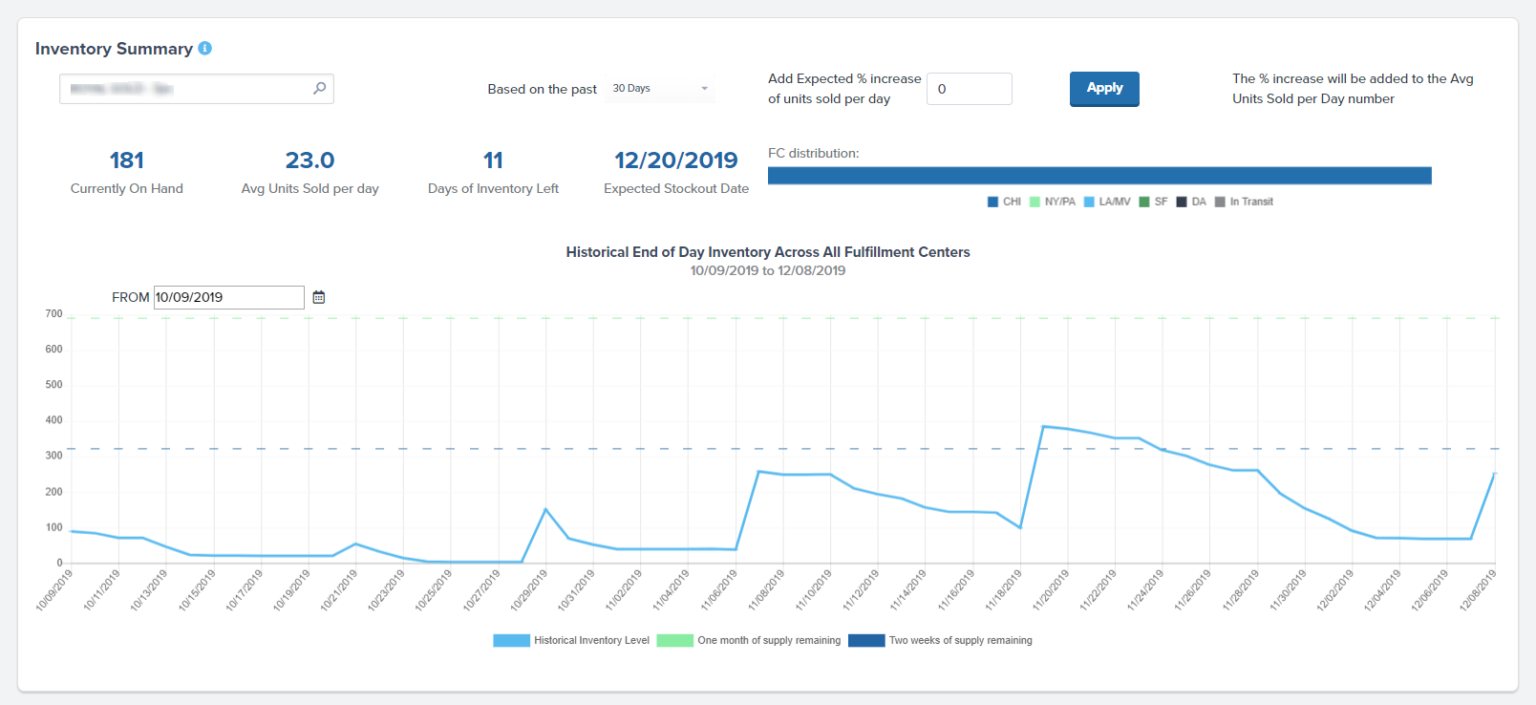
Getting insurance for in-transit inventory is generally a good idea, as it helps protect against risks like theft, damage, or loss while goods are on the move. Since in-transit inventory can be exposed to various hazards—such as accidents, natural disasters, or mishandling—it’s important to have coverage to avoid potential financial setbacks. The party responsible for insuring the inventory (whether it’s the buyer or the seller) depends on the ownership terms, such as FOB Origin or FOB Destination.
Logistic Delays and Disruptions

Having insurance provides peace of mind and ensures that, even if the unexpected happens, your business won’t suffer significant losses. Revenue recognition is a fundamental aspect of accounting that directly impacts a company’s financial health and reporting accuracy. The timing and method of recognizing revenue can vary significantly depending on the terms of the sale and the nature of the goods in transit.
Accounting for Goods in Transit: Key Practices and Considerations
Goods in transit are not the problem for local sellers, as the time of delivery is short and mostly the seller will take full responsibility until the buyer receives the package. However, international trade is another story, the goods may spend weeks on the ship, so they have to know exactly who takes responsibility for the package. Goods in transit basically specify when the title of ownership and risk passes from the seller to the buyer.
Do you own a business?
This may occur if the parent doesn’t record the sale of products however subsidiary records stock and accounts payable. Goods in transit refer to stock and different sorts of stock that have left the transportation dock of the merchant, yet has not arrived at the receiving end of the purchaser. The idea is utilized to demonstrate whether the purchaser or dealer of products has collected the goods, and who is has to pay for transport.
International Transactions and Ownership
In-Transit inventory involves various risks, including delays, damage, or loss of goods. Effective management of transit inventory involves strategies to mitigate these risks, ensuring the smooth flow of goods through the supply chain. One of the key benefits of effectively managed transit inventory is the reduction in lead times.
Impact on Accounting and Inventory Management
This is called FOB shipping point or FOB origin, and it means you are liable for any lost items in transit. FOB destination signifies that the manufacturer retains ownership of items in transit. So, the first thing inventory in transit accounting to do is figure out how much you typically pay to store inventory. This cost includes the maintenance of your storage facility (heating, rent, utilities), and any insurance you’ve purchased on your inventory.
- By applying some of the tips we’ve shared here, you can overcome the challenges of transit inventory management, ensuring efficiency and customer satisfaction.
- Tracking customer orders, updating stock levels, and completing assemblies are just three of the menial tasks you can automate with inventory management software.
- All such information is provided solely for convenience purposes only and all users thereof should be guided accordingly.
- Purchases listed as “free on board (FOB) shipping point” or “FOB origin” will transfer ownership to you (the buyer) as soon as they are shipped.
For instance, under FOB Shipping Point terms, sellers can recognize revenue as soon as the goods leave their premises. This early recognition can be advantageous for companies looking to boost their financial performance within a specific reporting period. However, it also requires meticulous documentation to ensure that the transfer of ownership is clearly established at the point of shipment. Understanding the different types of goods in transit is essential for accurate accounting and financial reporting. These categories determine when ownership and risk transfer from the seller to the buyer, impacting how transactions are recorded. In the consolidated financial statement, we will combine the parent and subsidiary’s income statement and balance sheet.
The ownership and risk transfer of transit inventory is typically determined by the terms of sale agreed upon between the buyer and seller. Efficient management of goods in transit is crucial for businesses engaged in the movement of products across various locations. This process not only affects operational efficiency but also has significant implications for financial reporting and risk management.